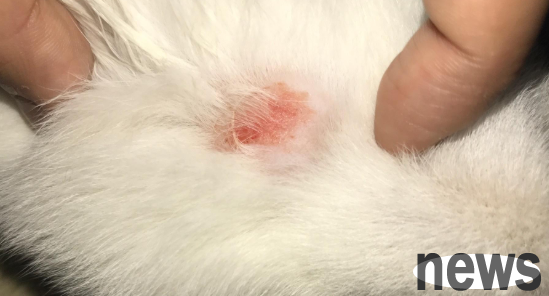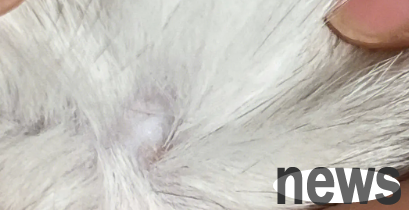1. Skin disease
1. The cat's neck is bald. It is likely that the cat is infected with fungi, and the infected area will be red, bleeding, scabs, and hair loss, forming round moss spots. The owner can gently peel open the cat's neck to observe. If there is redness, scabs, or dander falling, it is recommended that the owner wear gloves (cat moss is a fungal infection and will be transmitted to people), use normal saline to clean the hair loss, and spray skin antibacterial liquid, and wear Elizabeth ring to prevent licking.

Owners can take the cat to a pet hospital for skin examination, because cat moss may appear in the whole body area. The doctor carefully checks whether there is cat moss in other parts of the cat and find out what kind of fungal infection it is. Targeted medication can be used to help the cat recover health faster. Fungi have tenacious vitality and are easy to breed in humid environments. Once cats have decreased resistance, it is likely to lead to the appearance of cat moss. Owners must pay attention to cleaning the cat's living environment and disinfect the items that the cat has touched and dry.

2. If a cat is infected with parasites, alopecia areata will also occur. Extracorporeal parasites bite the neck, which will cause hair loss on the neck. The owner can push the cat's hair loss part to observe whether there are any signs of parasites and parasite bites. This situation requires the owner to perform regular deworming, prevent parasites, and protect the health of the cat.
2. Vaccine reaction
A few cats will have some vaccine reactions after being vaccinated, and there will be swelling or hair loss at the injection site. They can recover on their own after a certain period of time. The owner does not have to worry particularly.